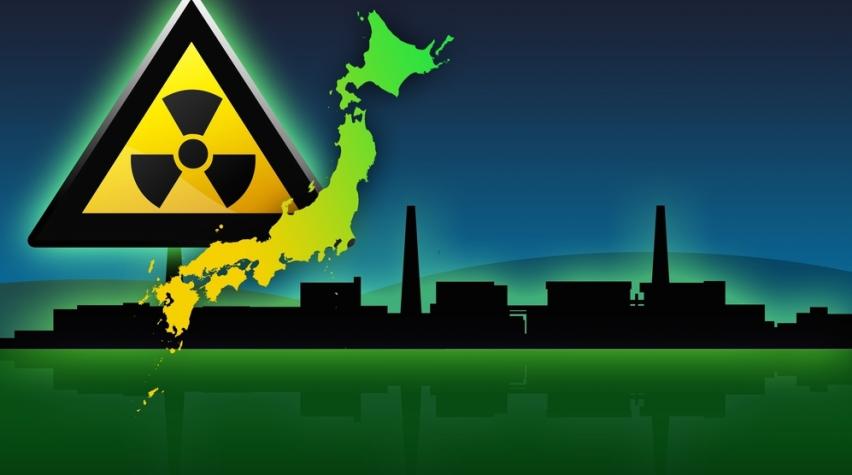
Researchers at Rice University and Kazan Federal University in Russia report that oxidatively modified carbon (OMC) presents a way to purify the hundreds of millions of gallons of contaminated water stored at the Fukushima nuclear plant.
This inexpensive material is highly efficient at absorbing radioactive metal cations, including cesium and strontium, which were released when the Fukushima plant experience a meltdown in 2011.
The porous nature of two sources of carbon—C-seal F (a coke-derived powder) and the carbon-heavy mineral shungite—are used to full advantage in creating OMC.
Improving on previous attempts that relied on graphene oxide, using OMC is both simpler and much less expensive. By simply passing contaminated water through OMC filters, the Fukushima plant water would be purified to an extend that it could be released into the ocean. In a column filtration test, the researchers showed that 93% of cesium and 92% of strontium were eliminated in a single pass. The test involved passing 1,400 ml of contaminated water through the OMC filter in 100 ml increments.
For more on this research, see the news release as well as the published findings in Carbon.


